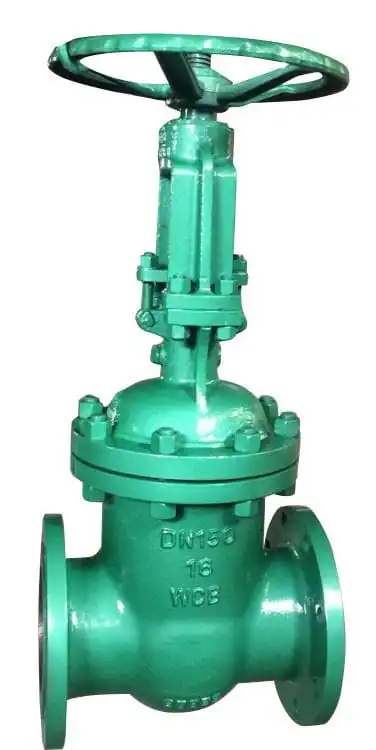The vacuum gate valve is improved from the ordinary manual
gate valve. The difference is that a vacuum sealing ring is added to the packing seal of the vacuum gate valve, which has the function of self-expansion and compression. Vacuum gate valves have better sealing than ordinary gate valves. When the vacuum gate valve is closed, the sealing surface can be sealed only by the medium pressure, that is, relying on the medium pressure to press the sealing surface of the gate plate to the valve seat on the other side to ensure the sealing of the sealing surface. A vacuum gate valve is suitable for the pipeline with a working temperature less than and equal to 425℃ (Chrome-molybdenum steel NKZ44Y is less than and equal to 550℃.), and the working medium is water, steam or air, as the opening and closing device. It is especially suitable for steam turbine condensation and vacuum negative pressure systems in thermal power plants, and plays the role of vacuum isolation and sealing.
 Installation and Use
Installation and Use1. Check the valve cavity and sealing surface before installation, and no dirt or sand particles are allowed to adhere.
2. The bolts of each connecting part are required to be tightened evenly.
3. Check whether the packing is compacted, not only to ensure the sealing of the packing, but also to ensure the flexible opening of the wedge.
4. Before installing the valve, the user must check the valve model, connection size and pay attention to the flow direction of the medium to ensure consistency with the requirement for the valve.
5. When installing the valve, the user must reserve the necessary space for the valve to drive.
6. The wiring of the driving device must be carried out according to the circuit diagram.
7. The gate valve must be maintained regularly, and it must not be bumped and squeezed at will, so as not to affect the seal.

